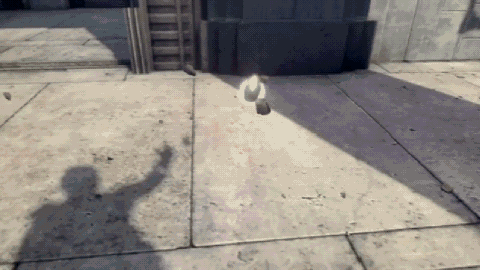But is not how ND examples are done, otherwise bounce wouldn't be completely affected by the assets characteristics. Would just be a simple diffuse surrounding bounce only affected by the light source.
And back to square one.. I get this, my (poorly formulated surely) answer was driven by curiosity only, as fuel for the point I'm about to make below.
And this is where the question was leading. So I can only assume this:
Being pre-calculated stuff. TV there isn't a true area light as seen in the UE5 Demo, and different from the AW2 sequence which is instead a real-time approximation. Correct?
What do you mean "there is no bouce lighting"?
If your point is TLOU bouce isn't able to cast indirect soft shadows as it happens with path tracing and lumen, I can see it. But dynamic bouce is still very obviously there (and have been there ever since TLOU on PS3), and
extremely prominent to the point an entire room can be lit by bounce light only.
There's a setting in the PC version dedicated to Bounce Lighting.
And the solution is so impressive a PC guy here though it was real-time path tracing even. lol
Source

























